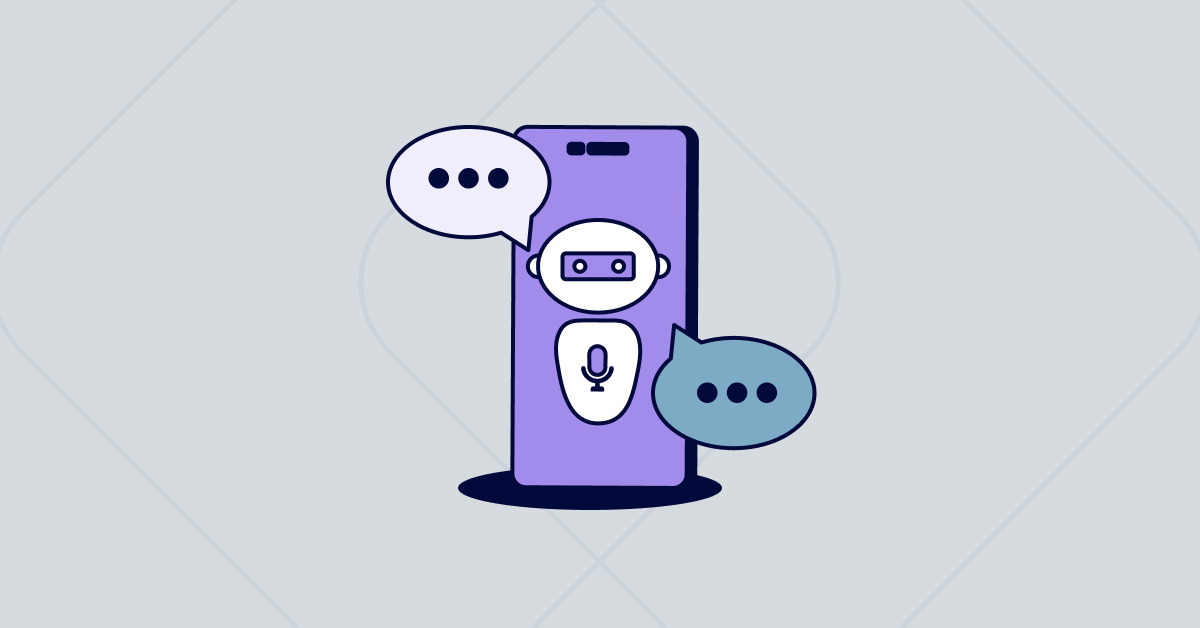How AI and Machine Learning Are Reshaping Healthcare IT: What Growing Practices Need to Know
Learn how AI and machine learning are being used in healthcare IT today. Discover practical applications for growing practices, from admin automation to cybersecurity support.

Healthcare leaders face a difficult balancing act. They are expected to improve outcomes, operate efficiently, stay compliant, and manage rising costs, all while handling staffing shortages and rapid changes in technology. For small to mid-sized organizations, especially those without internal IT teams, the challenge often feels heavier.
Artificial intelligence (AI) and machine learning (ML) are frequently discussed as the next big thing in healthcare, yet many growing practices don’t know where these tools fit into their reality. AI in healthcare IT is not about robotics or replacing clinicians. It is already present in the systems many practices use daily. It automates routine tasks, strengthens data protection, supports diagnostic accuracy, and helps streamline scheduling.
A recent McKinsey study found that more than half of healthcare providers are already using or testing AI-driven tools in areas like clinical decision support, revenue cycle management, and patient communication. At the same time, more than 80% of healthcare executives say they do not feel ready to evaluate the risks and ROI of these solutions.
That hesitation is understandable. Many managed service providers simply resell AI tools without explaining how they work or how they fit into a broader IT strategy. At Notics, our goal is different. We embed AI into a long-term IT roadmap so practices can make steady, informed choices that support growth.
This article looks at how AI and machine learning are currently being applied in healthcare IT, where they make the most sense for practices without large tech teams, and what to keep in mind as the technology continues to evolve.
The Current State of AI in Healthcare IT
AI and ML are already woven into many tools used in clinical and administrative settings. Common examples include:
- Automating appointment scheduling and patient reminders
- Detecting anomalies in imaging data
- Identifying billing errors and improving claims accuracy
- Predicting no-shows and cancellations
- Monitoring system activity for cybersecurity risks
Even with these advances, many practices remain cautious. The most common barriers for organizations with 100–250 employees include a lack of in-house expertise, security and compliance concerns, difficulty choosing between competing vendors, challenges integrating with existing EHR systems, and uncertainty about how to measure ROI.
These obstacles are not unique to large hospital networks. They show up often in growing practices where operations are moving quickly but IT governance has not kept pace.
5 Ways Growing Practices Can Use AI and Machine Learning
Automating Routine Administrative Work
AI-powered scheduling, reminders, insurance verification, and follow-ups can reduce the workload on front-desk staff. Practices that use these tools often see fewer errors, smoother intake, and improved patient satisfaction. The key is adopting HIPAA-compliant platforms that connect directly with your EHR.
Strengthening Cybersecurity
Healthcare remains the top target for ransomware. AI-driven monitoring can detect unusual system activity and flag it before it becomes a breach. Partnering with an IT provider that offers tuned alerts and response training gives practices an extra layer of defense without requiring 24/7 in-house security teams.
Supporting Clinical Decisions
Machine learning can analyze patient records to highlight potential diagnosis gaps, drug interactions, or overdue follow-ups. These tools work alongside clinicians, offering timely insights that help reduce unnecessary testing and missed opportunities for care.
Optimizing Revenue Cycle Management
AI can review billing data for errors, streamline claims, and spot patterns of undercoding or overcoding. For smaller practices, this often means fewer denied claims and more consistent revenue without adding staff to the billing department.
Forecasting Staffing and Resources
Predictive analytics can review appointment histories and seasonal patterns to guide staffing and supply planning. With more accurate forecasting, practices can prepare for high-demand periods and avoid overstaffing during slower times.
AI in healthcare IT is not a future concept. It is already being used in tools that support scheduling, billing, security, and clinical workflows. For growing practices, the challenge is less about whether AI is relevant and more about how to apply it in ways that are practical, secure, and measurable.
The most effective organizations approach AI as part of their overall IT strategy. They begin with simple automation, strengthen their security posture, and expand as they gain comfort with the tools.
At Notics, we help healthcare practices take this step-by-step approach. We focus on aligning AI with existing workflows, protecting sensitive data, and supporting operational goals without adding unnecessary complexity.
📍 Want to explore how AI can fit into your clinic’s daily operations? Learn more about our Healthcare IT Solutions or request a free strategy session.
we can help
Did you enjoy this content?
Subscribe to our newsletter and get weekly tips on leveraging technology to supercharge your business operations. Don't miss out on the strategies that could transform your company!
